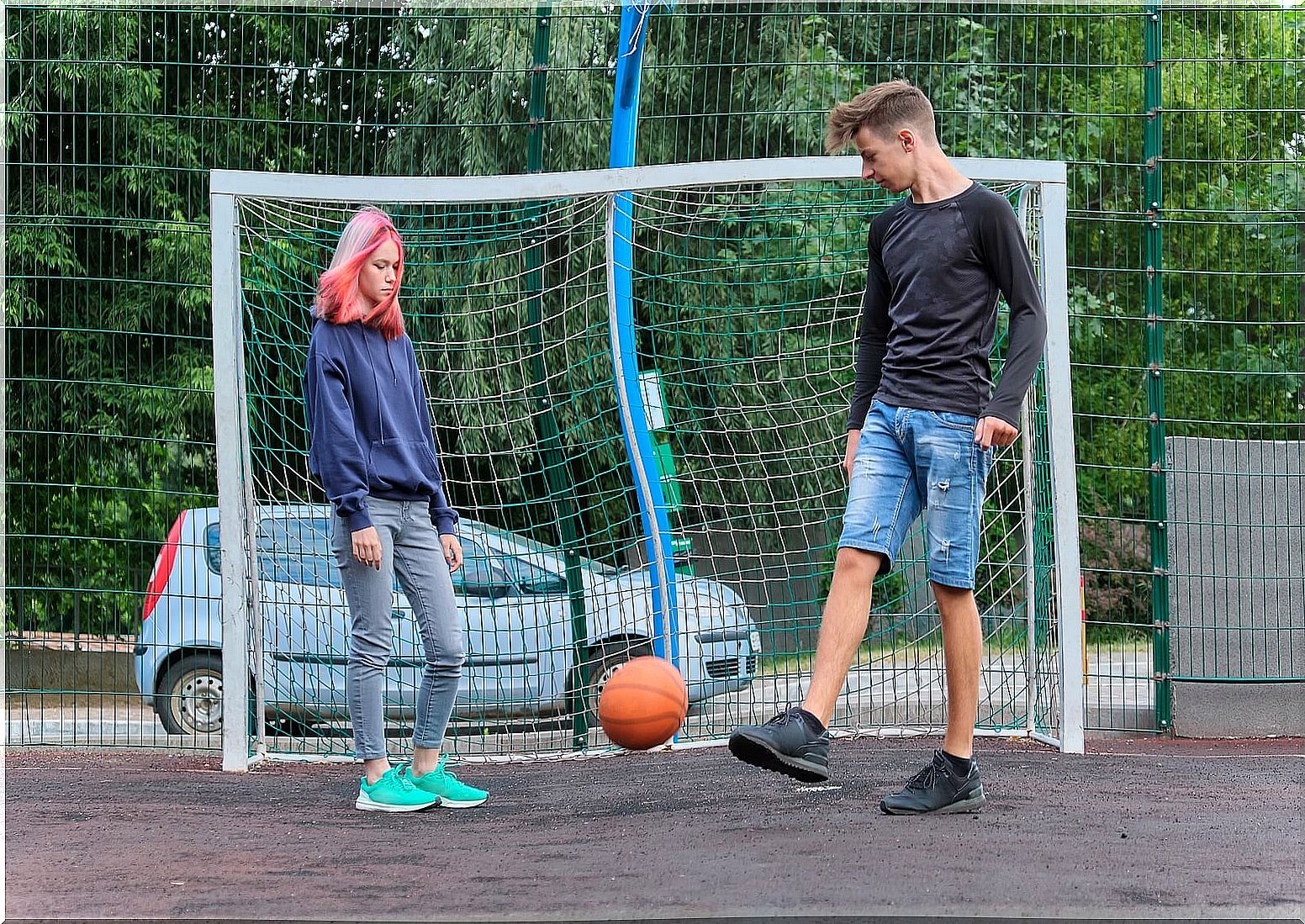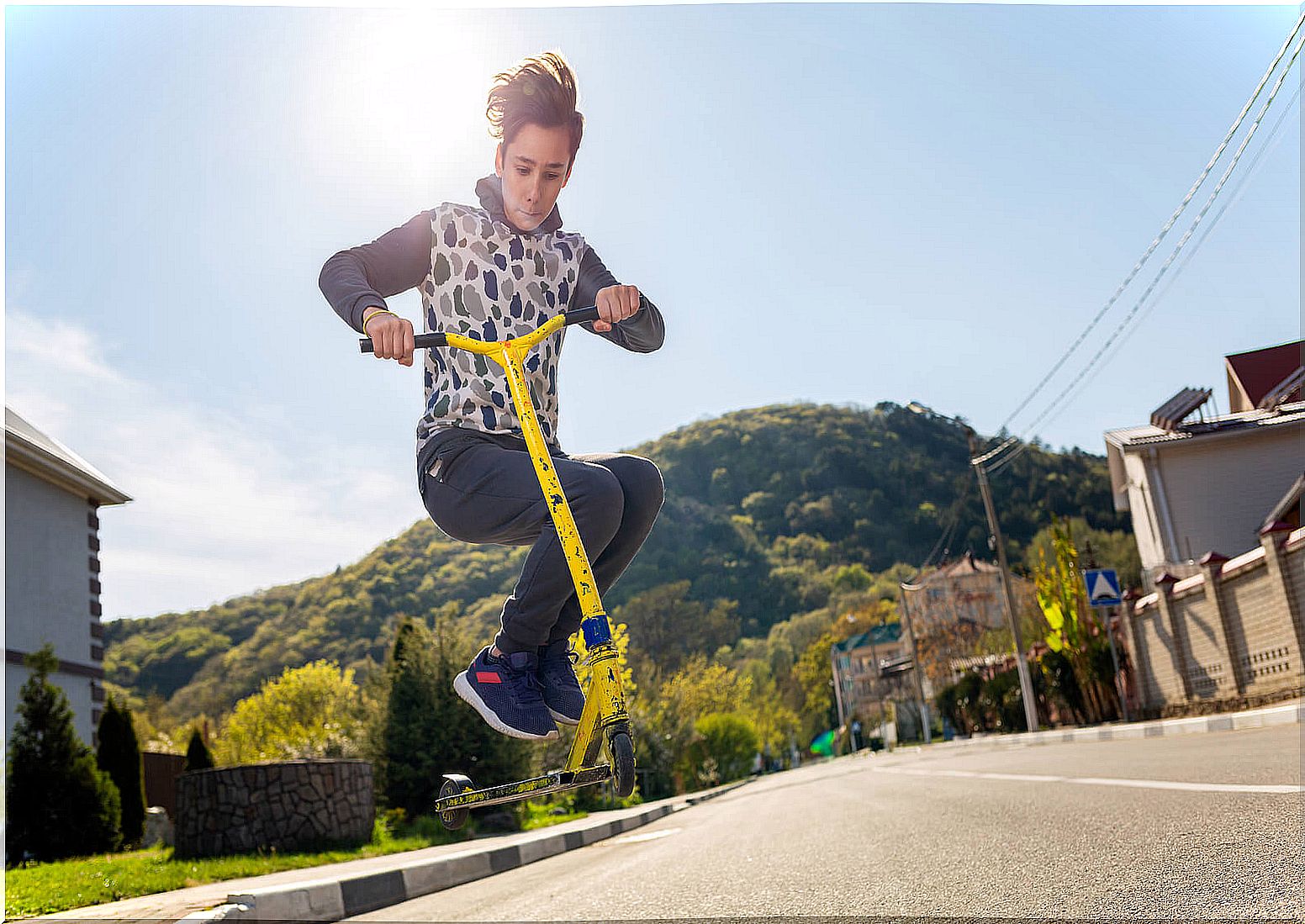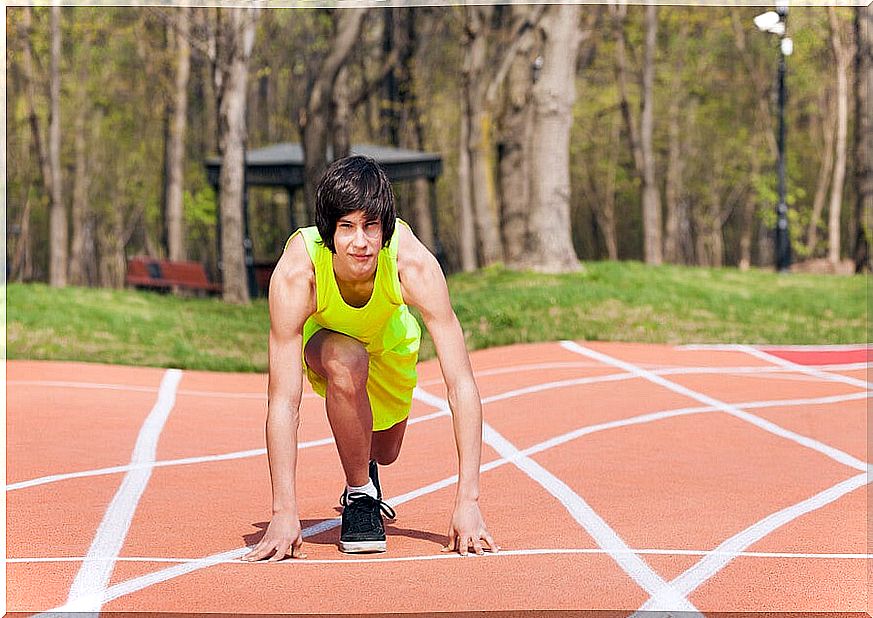How Much Exercise Do Teens Need?

Physical activity is essential at any age, but how much exercise do teens need? In this age group it is easy to fall into a sedentary lifestyle, which, in part, is caused by the burden of schoolwork.
If we add to this the extra hours in front of the screens for leisure reasons, it is easy to get an idea of the little physical activity that many young people do. But this is not all. As boys and girls get older, they lose interest in physical activity.
Exercise in teens
Various organisms and studies show that exercise is essential during adolescence. For example, recent data from the Centers for Disease Control and Prevention (CDC) shows that teens who exercise regularly are more likely to develop healthier lifelong habits than teens who don’t.

However, the data regarding exercise in adolescents is alarming. In this sense, according to a recent study published in the journal Preventive Medicine , adolescents are surprisingly short. In fact, according to the study, they are as physically active as 60-year-olds.
Specifically, the study found that adolescents had the highest risk of being physically inactive. And, in their late teens, this group was likely to exercise as little as older adults. The study also confirmed that adolescents do not meet the World Health Organization (WHO) guidelines for physical activity.
How Much Exercise Should Teens Get?
According to the World Health Organization, adolescents should engage in at least 60 minutes a day of moderate to vigorous intensity physical activities. What’s more, if physical activity exceeds 60 minutes a day, the health benefits will be even greater for health.
In addition, the WHO recommends that, although most of the exercise is aerobic, adolescents should do vigorous activities that strengthen muscles and bones at least 3 times a week.
It should be noted that these amounts of physical activity are cumulative. That is, you do not have to perform physical activity for 60 minutes in a row, but it can be done in two sections.
Benefits of exercise for teens
According to the WHO, exercise helps adolescents develop a healthy musculoskeletal system and cardiovascular system. It also enables them to learn to control the neuromuscular system and maintain a healthy body weight.
On the other hand, recalls this organization, physical activity has also been associated with beneficial psychological effects in young people thanks to the fact that it favors better control of anxiety and depression.
In addition, physical activity can contribute to the social development of young people, as it gives them the opportunity to express themselves. Likewise, the exercise encourages self-confidence, social interaction and integration.
Recommendations to stimulate physical activity in adolescence
Parents, as our children get older, we tend to give them more autonomy and take care less of some matters. This is normal. At the end of the day, it is good that they need us less and less. Also, that doesn’t mean we don’t care about them, far from it.
However, we cannot lower our guard. It is necessary to observe what adolescents do and to investigate if they are really doing all the physical activity they need. But it is not only a matter of amount of time.

To make a really useful analysis we must ask ourselves if our son or daughter is sufficiently agile and flexible and if their resistance is adequate. Do you tire easily or are you clumsy with some actions? Are you gaining weight? Do you have back pain? Do you have good posture?
If we conclude that you need to move more, some ideas to help you exercise more are:
- It encourages him to participate in team sports, either by meeting friends, or by signing him up for a team.
- Give him more opportunities to walk : when going to or coming to class, running errands, or helping out with chores, for example.
- Organize family activities; for example, doing marches on weekends or visiting different nearby towns on foot.
- Give him a schedule when he has to be up.
- Give her accessories or equipment so she can exercise instead of so many tech gadgets and games.
Ultimately, as parents, we must not lower our guard. Our example continues to be fundamental and perhaps now more than ever. We remain responsible for them.










